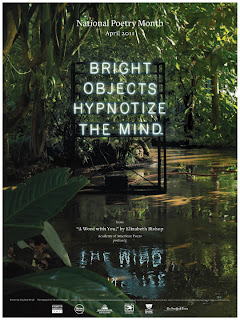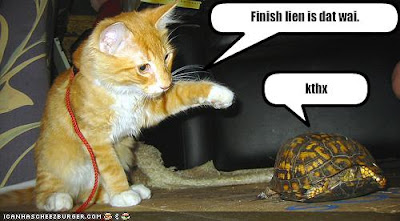Some time ago, I took a fabulous workshop where the teacher talked about the ABC’s of plot. She broke it down like this:
A is for Action: Start your story with some sort of action to get your readers hooked.
B is for Background: Give your readers the info they need to understand what’s going on.
C is for Conflict: What’s at stake for your characters? What’s the conflict?
D is for Development: This is where you develop the story and build up toward your ending.
E is for Ending: Which consists of the 3 C’s:
Crisis — the events leading up to the climax
Climax — the big showdown
Consequences — the denouement, or how things tie together
Lately my writing group has been grappling with this idea of the pitch. Some of us need to come up with a pitch for conference purposes, others just need a Cocktail Party Pitch so they have a soundbite ready for when friends or family ask the inevitable: “So what’s that novel of yours about?”
Which brings us to the heart of this post. I believe that writing a pitch for your book isn’t all that different from the plot formula above. I would make only one change: instead of 3 C’s, I think a good pitch has only one C… a Cliffhanger.
Let’s try out this formula on my all-time favorite book: Pride and Prejudice by Jane Austen.
When a rich gentleman, Mr. Bingly, moves into the neighborhood Elizabeth Bennet’s mother is determined that he must marry one of her daughters, and does everything she can to introduce her daughters to him. (A) While Elizabeth knows that if she and her sisters do not marry they risk living a life of poverty, she is humiliated by her mother’s antics. (B) To everyone’s delight, Mr. Bingly appears to take an interest in Jane, Elizabeth’s older sister, but his meddling sisters and proud and reticent friend, Mr. Darcy, do everything they can to keep Mr. Bingly from proposing to Jane. As Elizabeth is thrown into the same circles as Mr. Darcy, she takes every opportunity to find fault with him (C). Over time, though, Elizabeth sees Mr. Darcy in different contexts and her opinion of him begins to change. Just when she thinks she may have feelings for him, a shameful event strikes her family. Mr. Darcy leaves suddenly and Elizabeth assumes that her family scandal is the cause (D). Will Elizabeth’s family recover from this dishonor and will she and Mr. Darcy end up together? (E)
A Few Notes:
For each letter we have one sentence, forcing the summary to stay short and sweet. The exceptions, of course, are C and D because they are a little more complex and require a little more information; but even in those sections, we don’t get more than 2-3 sentences tops.
Notice also that the primary focus of the pitch is on Lizzy and Darcy. Jane is the only other sister mentioned, and only in passing. While the Lydia and Wickham do play a significant role in the novel, their subplot is only described in vague terms and their names are never mentioned. The focus stays on how the scandal affects the Lizzy-Darcy relationship.
The Results:
In this exercise, we get to the heart of the story, stripping away all side-plots or tangents. Those familiar with Pride and Prejudice might ask: Where’s Mr. Collins? What about Lady Catherine? And why don’t we see more of Elizabeth’s sisters? The answer is that these characters and story threads, though interesting, are not the main focus of the story.
When you have only a handful of sentences to capture the essence of your novel, you need to stick to the central plot. This can be especially difficult in novels with intricate plots or many subplots (try doing this exercise on George Eliot’s Middlemarch and you’re likely to give yourself a migraine). It’s equally challenging to write a pitch for a novel that is very character-driven and where plot is sparse. In that case, I think your best bet is to think of character-development as being the protagonist’s inner journey.
While this approach may seem a bit formulaic, it is a good starting point and can lead to a strong pitch after some revision.









 Call me Gabi (pronounced gah-BEE). I'm a writer, freelance teacher, and a lover of books and words. I'm also the instigator of DIY MFA. iggi's my sidekick, but he thinks he's the brains behind this operation.
Call me Gabi (pronounced gah-BEE). I'm a writer, freelance teacher, and a lover of books and words. I'm also the instigator of DIY MFA. iggi's my sidekick, but he thinks he's the brains behind this operation.
 A Day for Poetry
A Day for Poetry Words, Glorious Words!
Words, Glorious Words! There Is No Finish Line
There Is No Finish Line YA Cafe: 5 Essentials For a Story Starter
YA Cafe: 5 Essentials For a Story Starter